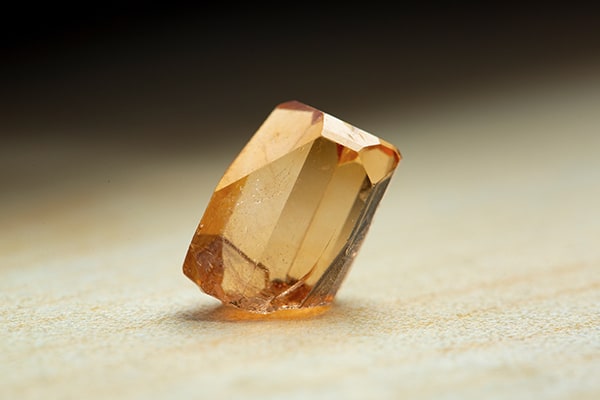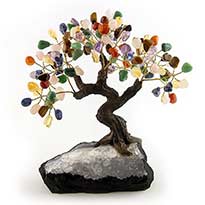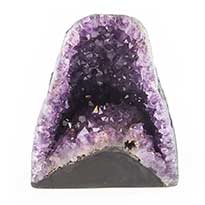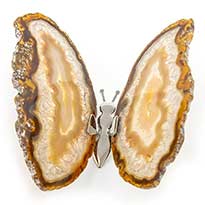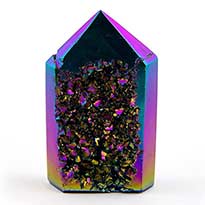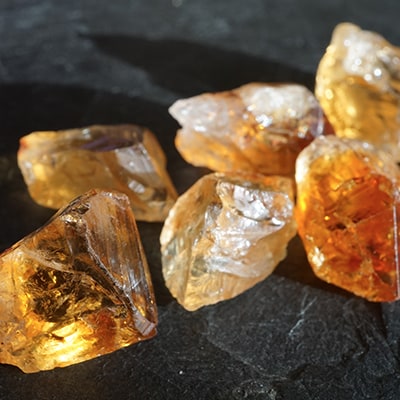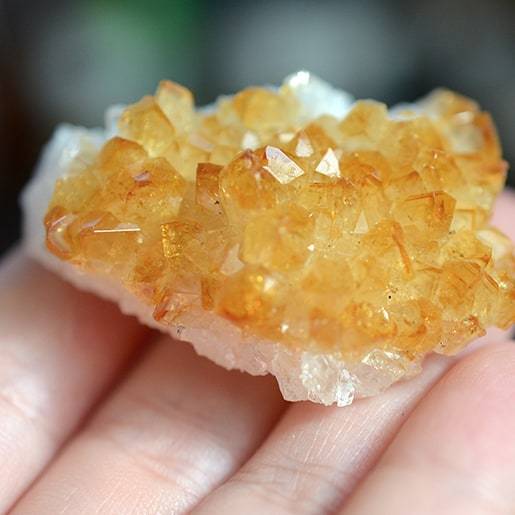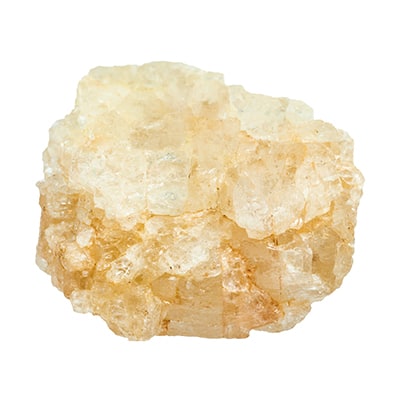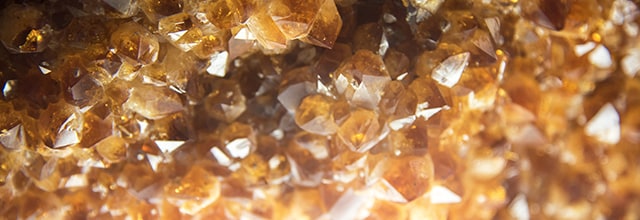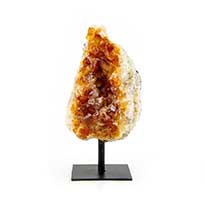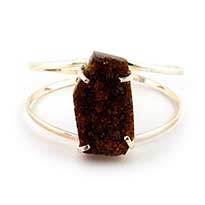Topaz and Citrine Origin
Topaz was used to describe all pearls in the brown, orange, and yellow color range before the 20th century. Gemology was only recognized as a science in the 1930s. Nowadays, yellow or brown quartz and topaz are considered separate species. However, many jewelers still use the old names, like “smoky topaz,” which is more likely to be smoky quartz than brown topaz. Although citrine gemstones are not often confused with topaz, they can happen. Quartz and topaz are distinct pearl species with different chemical compositions, physical and optical properties, and values. The quartz group of gems is more abundant than topaz.
Topaz comes in various shades, including lackluster, light blue, yellow, orange, pink, violet, earthy colored, and sometimes red. The blue topaz we see today mostly results from treating dry topaz with light and heat. The “Mystic Topaz” effect is created by coating dull topaz with a thin artificial film. For over two centuries now, Minas Gerais in Brazil has been one of the main sources of high-quality topaz. Here, you can find yellow to orange, red, pink, violet, and combinations of red with orange or purple. Pink topaz is mainly produced in northwestern Pakistan.
The citrine birthstone is chiefly sourced from Bolivia, Spain, Madagascar, Mexico, and Uruguay, while Brazil is a major producer of heat-treated amethyst that is converted into citrine. The Anah mine in Bolivia, situated in the depths of the world’s largest freshwater wetland, is a significant natural source of unheated citrine.
